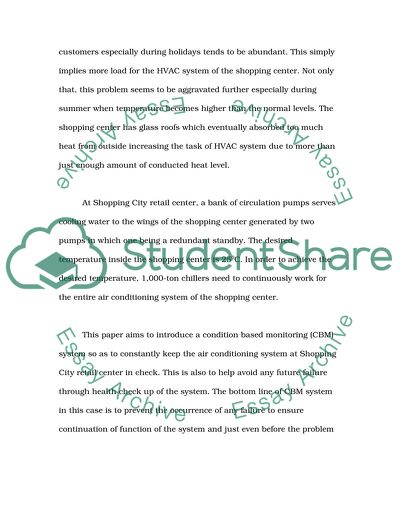Cite this document
(Condition Based Monitoring (CBM) System Research Paper, n.d.)
Condition Based Monitoring (CBM) System Research Paper. Retrieved from https://studentshare.org/technology/1737854-condition-based-monitoring-cbm-system
Condition Based Monitoring (CBM) System Research Paper. Retrieved from https://studentshare.org/technology/1737854-condition-based-monitoring-cbm-system
(Condition Based Monitoring (CBM) System Research Paper)
Condition Based Monitoring (CBM) System Research Paper. https://studentshare.org/technology/1737854-condition-based-monitoring-cbm-system.
Condition Based Monitoring (CBM) System Research Paper. https://studentshare.org/technology/1737854-condition-based-monitoring-cbm-system.
“Condition Based Monitoring (CBM) System Research Paper”, n.d. https://studentshare.org/technology/1737854-condition-based-monitoring-cbm-system.


